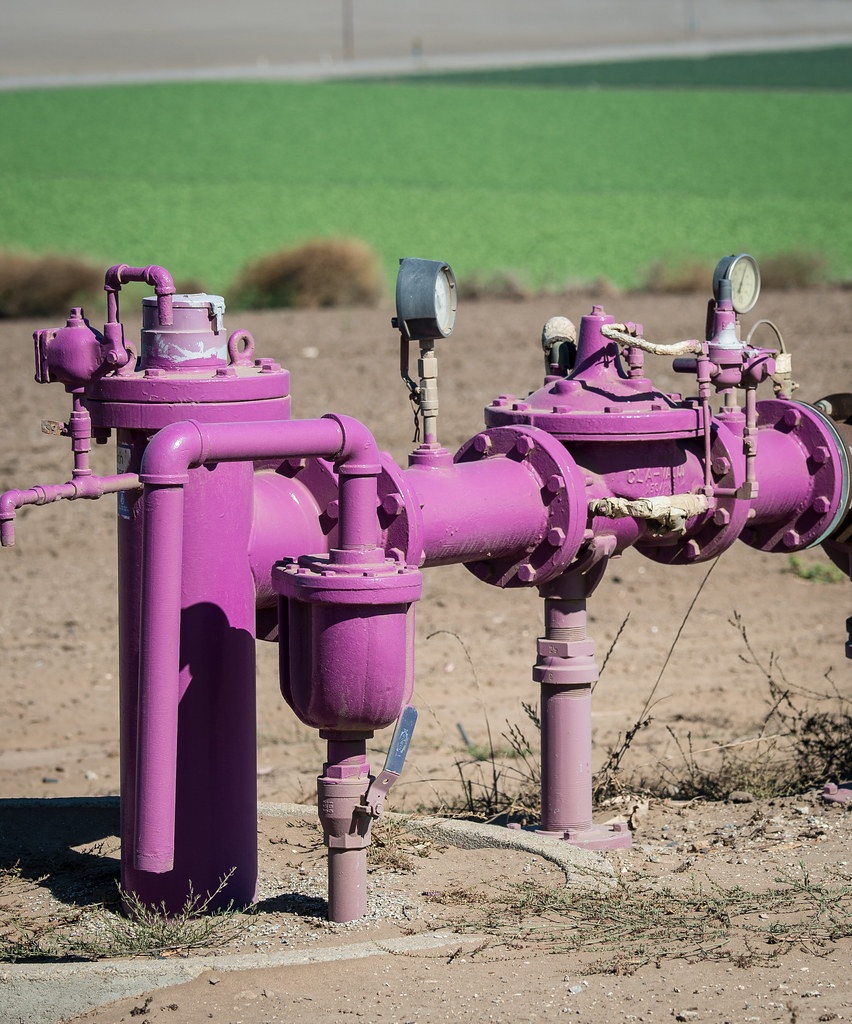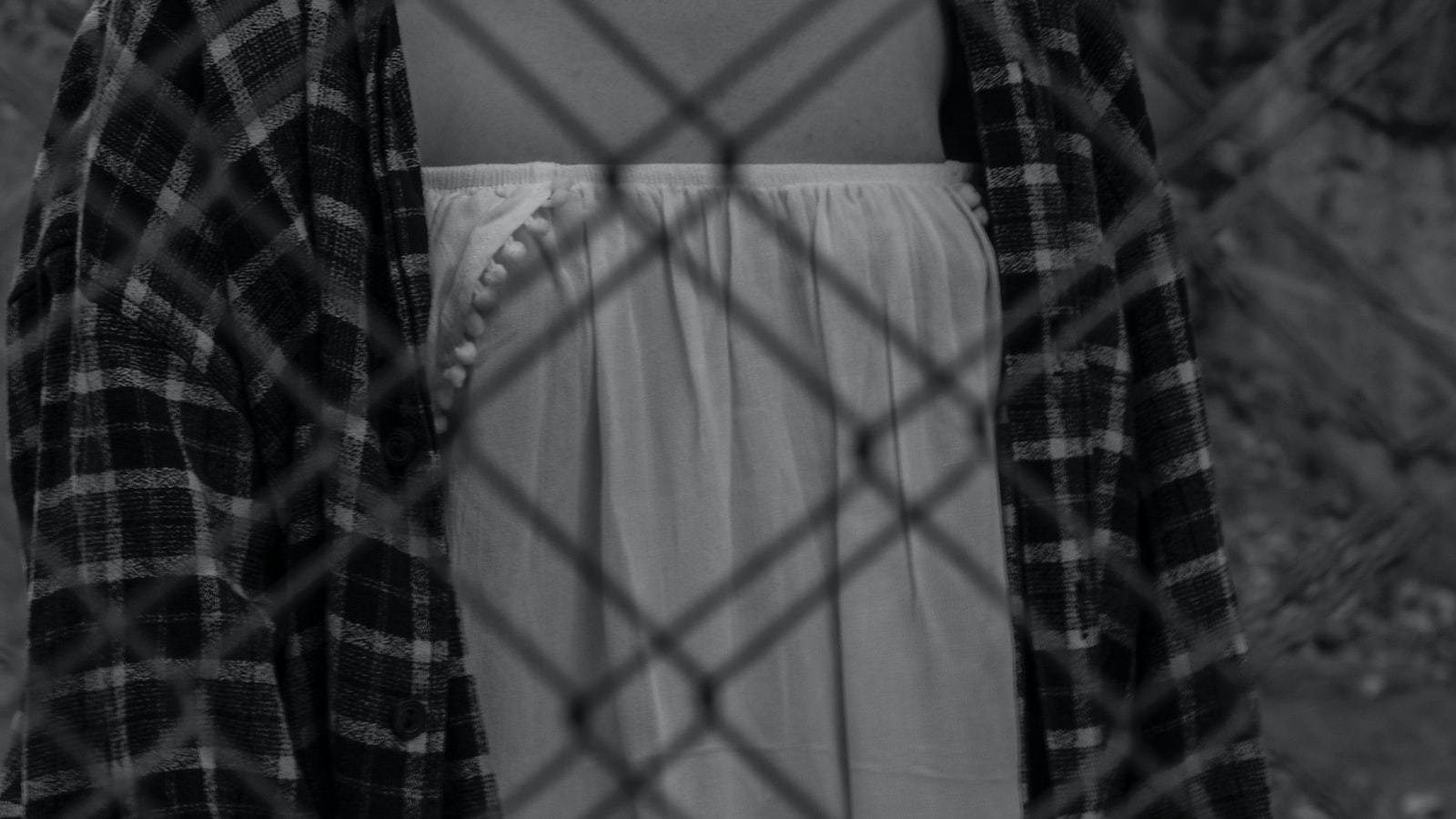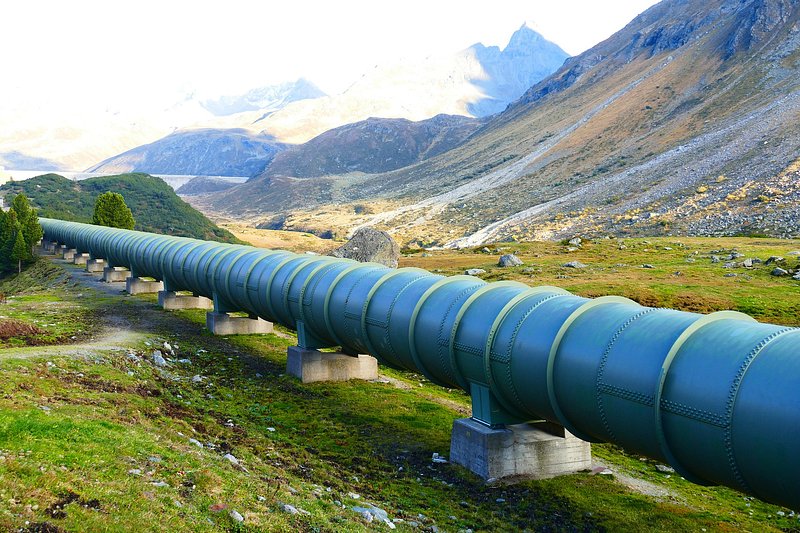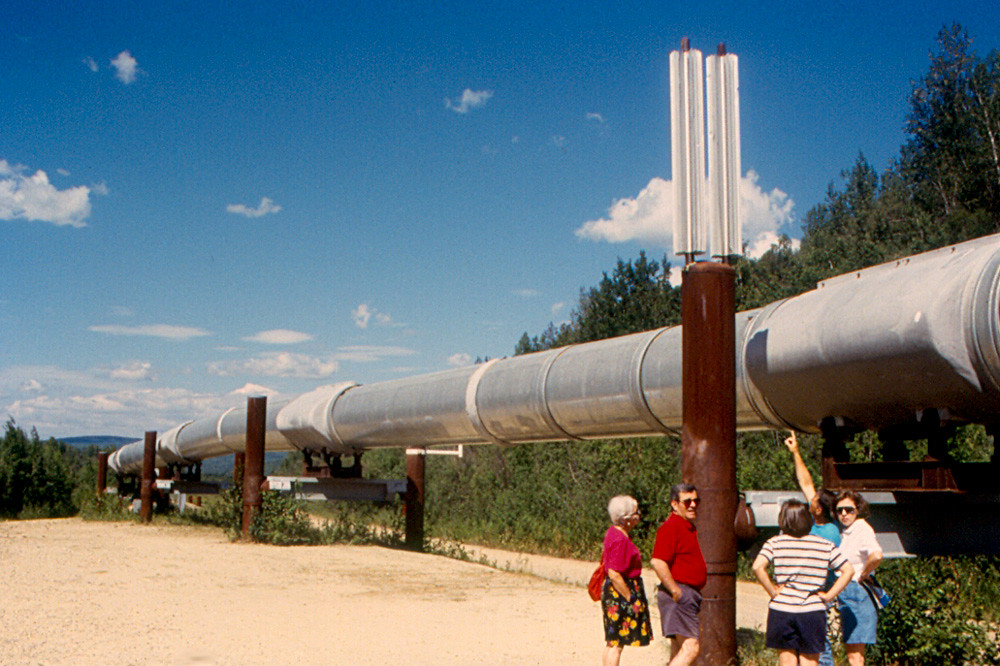In the realm of infrastructure restoration, where strength meets innovation, a groundbreaking journey of unprecedented pipeline rehabilitation emerges. Enter a realm where hidden durability comes to light, unlocking a future of resilience like never before. Brace yourself for an exciting revelation as we delve into the captivating world of pipeline rehabilitation, where ingenuity intertwines with the unseen, nurturing the vitality of our essential lifelines. Join us on this mesmerizing quest as we unveil the hidden durability that lies beneath the surface, ready to reshape the very fabric of our pipelines, and revolutionize the way we envision a sustainable future.
Unveiling the Underlying Challenges of Pipeline Rehabilitation
When it comes to pipeline rehabilitation, the challenges lying beneath the surface can often be overlooked or underestimated. However, in order to achieve a successful and long-lasting rehabilitation, it is crucial to unveil and tackle these underlying hurdles.
One of the main challenges faced during pipeline rehabilitation is corrosion. Over time, pipes can deteriorate due to chemical reactions, environmental factors, and wear and tear. This corrosion weakens the structural integrity of the pipeline, making it vulnerable to leaks, breaks, or even catastrophic failures. By thoroughly assessing the extent of corrosion and implementing state-of-the-art techniques, such as epoxy lining or cathodic protection, pipeline rehabilitation can address this hidden durability issue, extending the lifespan of the infrastructure.
Uncovering the underlying challenges opens the door to innovative solutions and strategies for pipeline rehabilitation. With new advancements in materials and technologies, it is possible to enhance the strength and resilience of pipelines, ensuring the efficient transportation of resources while minimizing maintenance costs. The use of high-strength composite materials, such as fiberglass reinforced pipelines, can offer superior resistance to corrosion, abrasion, and structural stress. Additionally, implementing advanced inspection and monitoring systems, like smart sensors or remotely operated vehicles, enables continuous assessment and early detection of potential issues, allowing for proactive measures to be taken.

Examining Innovative Techniques for Unprecedented Durability
In the world of pipeline rehabilitation, durability is crucial. Without durable pipelines, the maintenance efforts and costs can escalate rapidly. However, in recent years, the industry has witnessed an emergence of innovative techniques that promise unprecedented durability, revolutionizing the way pipelines are rehabilitated.
These groundbreaking techniques go beyond traditional methods by incorporating advanced materials and technologies. One such technique is the use of composite materials, which combine different materials to create a stronger and more resistant pipeline system. These composites offer numerous advantages, including corrosion resistance, high strength-to-weight ratio, and enhanced durability against harsh environmental conditions.
- Composite Materials: By combining materials such as fiberglass, carbon fibers, and resin, composite pipelines offer superior durability and longevity.
- Advanced Coatings: Utilizing cutting-edge coatings with exceptional corrosion resistance can significantly increase the durability of pipelines.
- Robotic Rehabilitation: Innovative robots equipped with state-of-the-art technologies are now used for pipeline rehabilitation, ensuring precise repairs and enhanced durability.
Additionally, innovative techniques like sliplining and cured-in-place pipe (CIPP) have gained popularity for their ability to extend the lifespan of pipelines by creating a new internal lining. These methods minimize disruptions as they can be installed without excavating the existing pipeline, providing unprecedented durability without causing significant disruption to communities and infrastructure.
| Technique | Benefits |
|---|---|
| Sliplining | Minimizes disruptions, extends pipeline lifespan by creating a new internal lining. |
| Cured-in-Place Pipe (CIPP) | No excavation required, seamless installation for enhanced durability. |
These innovative techniques are reshaping the future of pipeline rehabilitation, providing unparalleled durability and resilience to pipeline networks. As the industry continues to push boundaries and further explore these techniques, the era of pipelines with hidden durability is unfolding.

Navigating the Roadblocks: Recommendations for Successful Pipeline Rehabilitation
The process of pipeline rehabilitation can be filled with challenges and roadblocks, but with the right recommendations and strategies, success is within reach. In this post, we will unveil the hidden durability of pipeline rehabilitation and provide you with valuable insights on how to navigate through the obstacles that may arise.
1. Conduct a thorough inspection: Before embarking on any pipeline rehabilitation project, it is crucial to conduct a meticulous inspection to identify the areas that need attention. This can be done using advanced inspection techniques such as robotic crawlers or smart pigs. By identifying the specific issues in the pipeline, you can tailor your rehabilitation approach accordingly, saving time and resources.
2. Employ advanced rehabilitation techniques: Traditional pipeline rehabilitation methods may not always yield the desired results. It is essential to explore and utilize advanced techniques such as trenchless rehabilitation or epoxy lining. These methods not only provide a more efficient and cost-effective solution but also minimize the disruption to the surrounding environment and communities.
| Recommendations | Benefits |
|---|---|
| Regular maintenance and monitoring | Prevents major damages and extends the lifespan of the pipeline |
| Collaboration with experienced contractors | Ensures high-quality workmanship and adherence to industry standards |
| Utilize innovative materials | Enhances durability and resistance to corrosion |
Success in pipeline rehabilitation requires a delicate balance of technical expertise, modern rehabilitation methods, and proactive maintenance. By following these recommendations, you can unlock the hidden durability of pipeline rehabilitation and overcome any roadblocks that come your way.

Implementing Best Practices to Ensure Long-lasting Results
In the world of pipeline rehabilitation, the need for long-lasting results cannot be overstated. To ensure the durability of pipelines, it is crucial to implement best practices that stand the test of time. Through unveiling the hidden potential of unprecedented pipeline rehabilitation techniques, we pave the way for a future with pipelines that not only function flawlessly but also last for decades to come.
The key to achieving long-lasting results lies in a comprehensive approach that addresses every element of pipeline rehabilitation. This includes the thorough inspection and analysis of existing pipelines, the implementation of cutting-edge repair technologies, and the integration of proactive maintenance strategies. By combining these factors, we can create a rehabilitation process that guarantees enhanced durability, reduced maintenance costs, and improved overall efficiency.
Unveiling the hidden durability of pipelines involves the utilization of innovative materials and construction methods. This approach allows for the seamless integration of sustainable solutions, ensuring that pipelines not only withstand the test of time but also contribute to a greener future. Additionally, the incorporation of advanced monitoring systems enables real-time data collection, facilitating proactive maintenance and minimizing the risk of unexpected failures.
As we wrap up this exploration into the realm of unprecedented pipeline rehabilitation, we are left in awe of the hidden durability that lies beneath our earth’s surface. The journey into the depths of this extraordinary feat has revealed not only the ingenuity and resilience of mankind but also the untapped potential of our infrastructure.
Amidst the chaos and challenges faced by the world today, it is refreshing to witness a beacon of hope shining through in the form of pipeline revitalization. The determination to uncover, restore, and enhance the durability of these intricate webs of conduits has proved not only fruitful but also essential to the progressive development of our societies.
One cannot help but marvel at the profound transformation these pipelines undergo, breathing new life into systems that were once on the verge of obsoletion. With meticulous precision, tireless efforts, and cutting-edge technologies, engineers and scientists have pioneered a path towards sustainability and efficiency, while respecting the delicate balance of our environment.
But make no mistake, the journey towards uncovering this hidden durability has not been without its share of obstacles. It has required unwavering dedication and out-of-the-box thinking to navigate through a labyrinth of complexities, oftentimes unseen by the naked eye. These unsung heroes of the pipeline rehabilitation industry have pushed the boundaries of what was deemed possible, challenging us all to rethink what durability truly means.
Through the unveiling of this hidden durability, we are reminded of the power that lies within perseverance and innovation. These pipelines that stretch across continents, serving as lifelines for industries and communities alike, are a testament to the unwavering spirit of human ingenuity.
As we conclude our exploration, we are left with a renewed sense of wonder and optimism for what lies ahead. The hidden durability we have encountered is a call to action, beckoning us to embrace change and pursue sustainable progress. It reminds us that with the right knowledge and tools at our disposal, we have the capability to overcome any challenge and to build a future where infrastructure stands as a testament to our resilience.
So let us embark on this journey, armed with an unwavering spirit and a desire to uncover the hidden potential of our world. Together, we can reveal the durability that lies in the depths of our pipelines, forging a path towards a brighter, more sustainable future.


1 comment